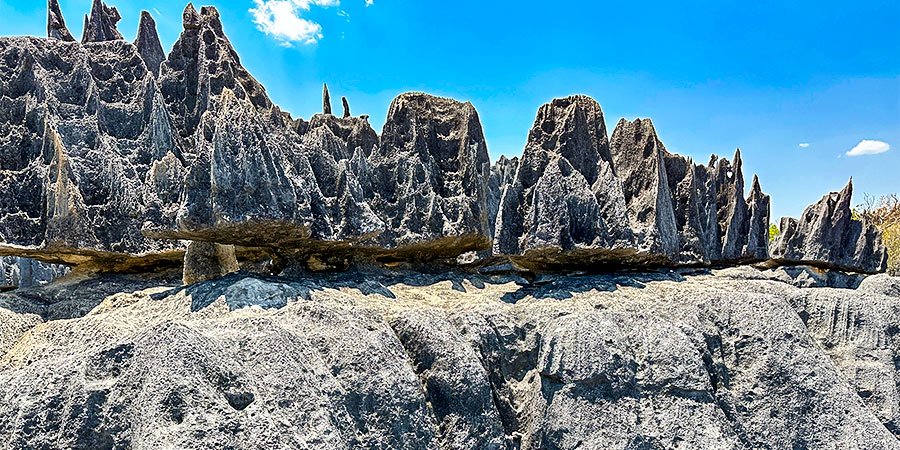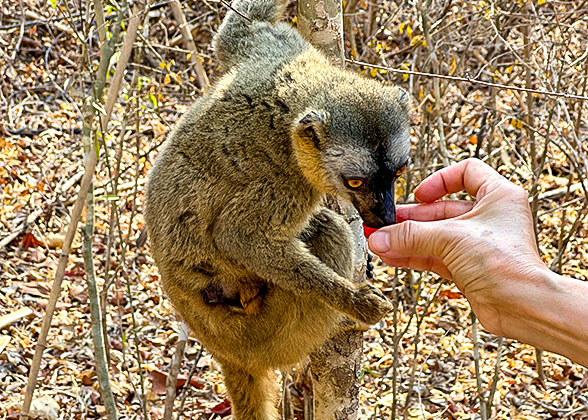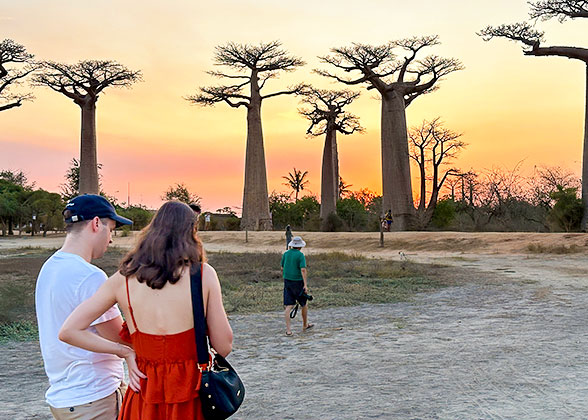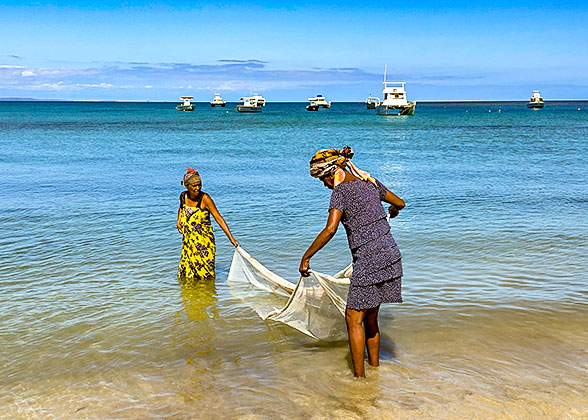Best Time to Visit Bekopaka

Tsingy de Bemaraha National Park
|
The best time to enjoy all of these activities in one tour is the local dry season from May to November, 2025. During this season, both roads and waterways are in good condition, guaranteeing that you can get to your destination and visit safely. Besides, the weather this time is not so wet or humid as it is in the rainy season.
See also: Bekopaka Weather
In this season, it’s more recommended to make your tour from Bekopaka to the national park on sunny days with brilliant sunshine and better visibility. During your hiking, dark-grey limestone formations and green plants in this UNESCO World Heritage Site form a fabulous photo background for you. Besides, in the park this season, you may further spot animals endemic to Madagascar, such as lemurs and ring-tailed mongooses. Sunny days just provide good weather conditions to view and photograph them.
|
|
|
The dry season, with no more than 7 wet days per month on average, is more suitable to make a canoe tour on the Manambolo River. More rainless days can be picked to arrange sightseeing along the river in this period. Thanks to low rainfall this season, the river just flows at a moderate speed, making canoe tours safer and smoother. Besides, on rainless days, you don’t need to worry that rain mist makes it hard to view gorges clearly or heavy rain brings standing water to karstic caves.

Manambolo River in Dry Season
|
2. At monthly average temperatures between about 21 and 31 degrees Celsius (70 and 88 degrees Fahrenheit), it’s suggested to wear light and breathable clothes for your hiking and canoe tour. Don’t forget to wear waterproof shoes during your sightseeing on the river.




